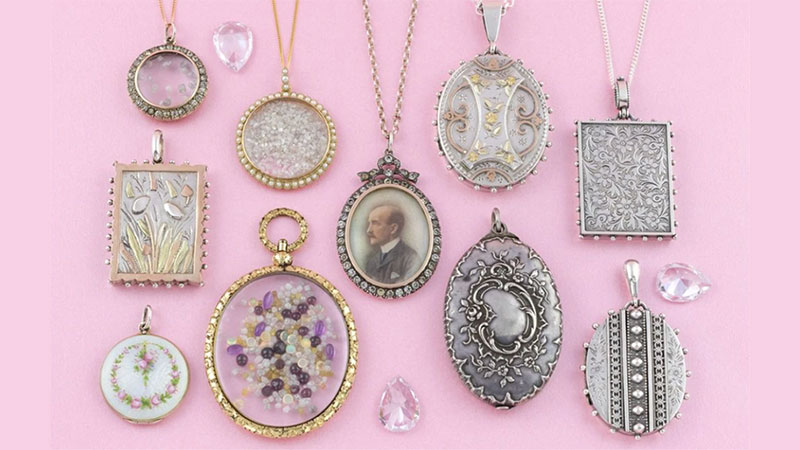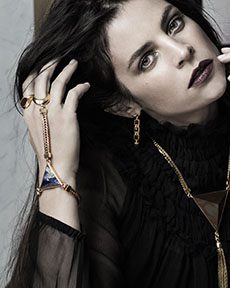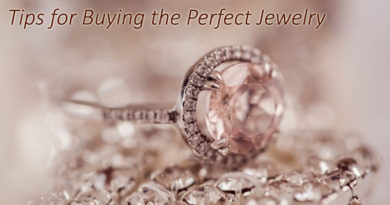The History of Lockets
For thousands of years, humans have worn something to remind them of a loved one. Whether it’s a picture of them, a symbol or even a lock of hair, it’s a way of making you feel as if they’re always with you. It also shows them that you love and appreciate them. And by purchasing one for yourself or your loved one, you’ll be adding to a rich history that involves both royalty and the world’s finest artists.

The beginning
The first recorded existence of a locket was more than 3,000 years ago in the biblical Song of Solomon, where he wanted his seal to be worn as a keepsake around his lover’s neck. The seal was like a signature, unique to that person, so would have had true sentimental value. A lock of hair was also a common exchange between two lovers.
But it took until the Renaissance for the portrait to be incorporated into the idea of the locket. This delay would have been in part due to the difficulty of painting such tiny portraits (often, a paint brush with a single hair would be needed). But a man called Nicholas Hilliard was particularly skilled at it and was regarded as one of the finest artists of his age, in the late 16th and early 17th centuries.
Lockets in monarchies
A particularly famous locket was worn by Mary, Queen of Scots, who was beheaded in 1587. The Penicuik Jewels, as they were known, consisted of a gold necklace, pendant and locket, and formed part of an extensive jewellery collection that included rings, bracelets, crucifixes, rubies, diamonds, emeralds and sapphires.
For monarchs, lockets displayed both how wealthy they were and who was in favour at the time. Queen Elizabeth I wore a ring that had a secret compartment where there was a picture of herself and her mother, Anne Boleyn, who’d been beheaded by her father when Elizabeth was only two.
Lockets today
Today there are many reasons why people wear lockets. They’re a personal kind of jewellery and, therefore, particularly popular at weddings, special birthdays and for those who want to remember someone who has passed away.
These days, of course, artists no longer have the painstaking job of creating miniature portraits. We often use photos of our loved ones, and there’s normally the option to add an inscription to our photo locket or necklace to make it even more personal.
Even 3,000 years after the Song of Solomon, if you want to keep someone with you forever and show how much they mean to you, then there’s no better way of doing so than with a locket. They’re an item to treasure and to always remind you that you’re loved and that you can always keep that person close to your heart, even if they’re far away.



